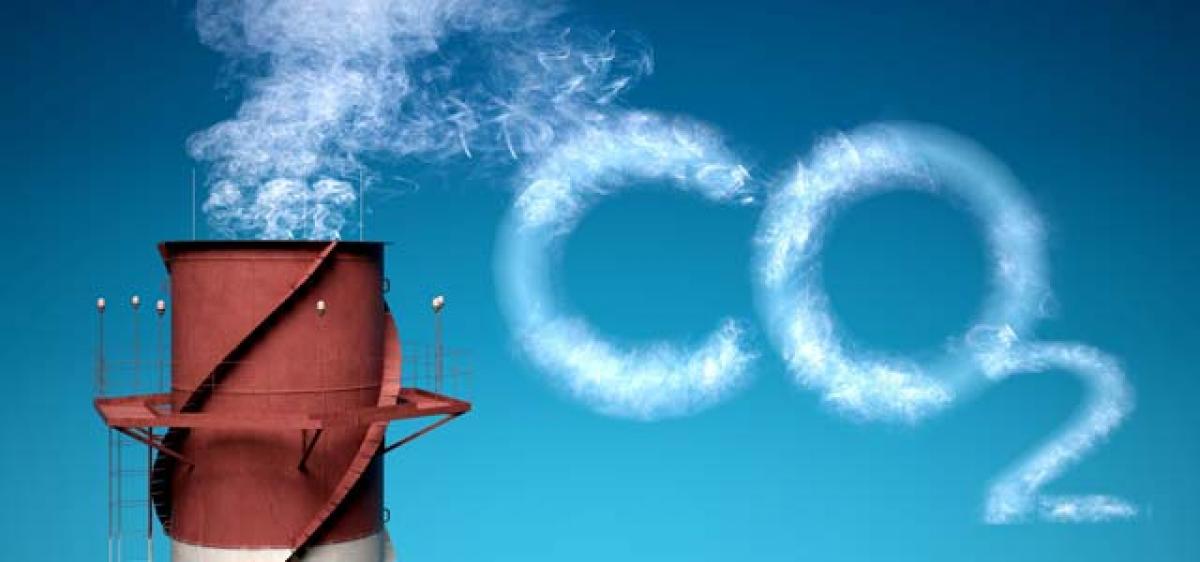Live
- Congress killers of Samvidhan: Modi
- Bejan Daruwalla’s horoscope
- Study warns: Ultra-processed foods may accelerate biological age
- CM pledges more political opportunities to Madigas
- Vizag attracts tourists as much as Kashmir
- Year-Ender 2024 Guide: Home remedies to relieve Period Pain.
- All India crafts mela begins today
- TTD gears up for Vaikunta Ekadasi fete
- Express Yourself
- Rajadhiraaj: Love. Life. Leela
Just In

Scientists have developed tiny nanoparticles that help convert carbon dioxide into methane - a key building block for many types of fuels - using only ultraviolet light as an energy source.
Washington: Scientists have developed tiny nanoparticles that help convert carbon dioxide into methane - a key building block for many types of fuels - using only ultraviolet light as an energy source.
Having found a catalyst that can do this important chemistry using ultraviolet light, researchers at Duke University in the US hope to develop a version that would run on natural sunlight, a potential boon to alternative energy.
Chemists have long sought an efficient, light-driven catalyst to power this reaction, which could help reduce the growing levels of carbon dioxide in our atmosphere by converting it into methane.
Not only are the rhodium nanoparticles made more efficient when illuminated by light, they have the advantage of strongly favouring the formation of methane rather than an equal mix of methane and undesirable side-products like carbon monoxide.
This strong "selectivity" of the light-driven catalysis may also extend to other important chemical reactions, the researchers said.
"The fact that you can use light to influence a specific reaction pathway is very exciting. This discovery will really advance the understanding of catalysis," said Jie Liu, professor of chemistry at Duke University.
Despite being one of the rarest elements on Earth, rhodium plays a surprisingly important role in our everyday lives.
Small amounts of the silvery grey metal are used to speed up or "catalyse" a number of key industrial processes, including those that make drugs, detergents and nitrogen fertilizer, and they even play a major role breaking down toxic pollutants in the catalytic converters of our cars.

© 2024 Hyderabad Media House Limited/The Hans India. All rights reserved. Powered by hocalwire.com







